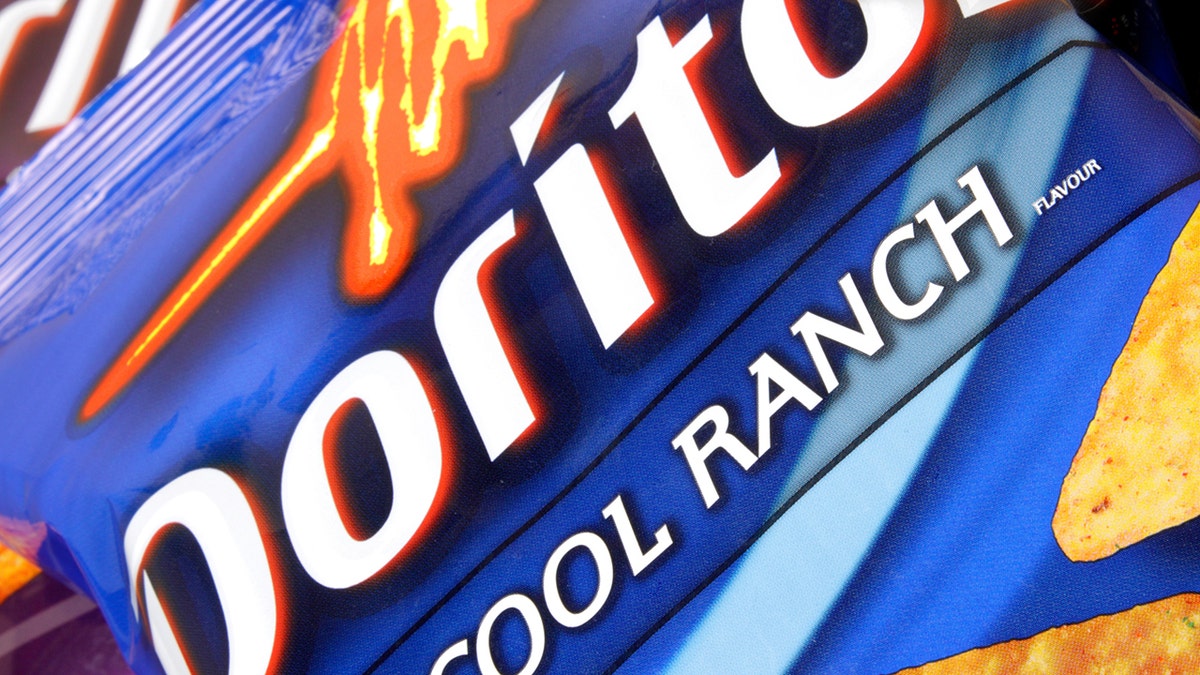Stanford University scientists recently succeeded in making mice’s skin transparent using common food coloring, and the study’s authors told Fox News Digital that with further research, it could have huge benefits for humans.
The paper, titled “Achieving optical transparency in living animals using absorbing molecules,” was published in the journal Science on September 5.
In the experiment, researchers applied a solution of red tartrazine, a food coloring also known as FD&C Yellow 5, to the abdomen, scalp, and hind legs of sedated mice, according to a Stanford University release.
California proposes bill to ban some foods as nutritionists worry about ‘yucky’ ingredients
According to the announcement, the dye stained the mice’s skin red, after which the skin became transparent and the mice’s organs became visible to the naked eye.
“The researchers believe this is the first non-invasive approach that enables visualization of internal organs in living mice,” the statement said.
A solution containing tartrazine (also known as Yellow 5) made the skin of mice transparent. (iStock)
The effect was not permanent, Stanford said, and the mice’s skin returned to normal once the dye was washed off.
The results of this study surprised even the researchers.
“What’s most surprising about this study is that we would normally expect dye molecules to make an object less transparent — for example, if you mix blue pen ink with water, the more ink you add, the less light will pass through the water,” Dr. Guosong Hong, an assistant professor of materials science and engineering at Stanford University and lead author of the paper, said in an email to Fox News Digital.
Eating ultra-processed foods linked to increased risk of death from ovarian and breast cancer: new study
But when tartrazine is dissolved in skin or muscle, normally opaque substances, “it makes the material more transparent, but only in the red part of the light spectrum,” he said.
“This is the opposite of what we normally expect with dyes,” Hong added.

This image provided by Stanford University shows how mice become transparent after a non-invasive solution made from common food coloring is applied to their abdomens. (Stanford University)
While the research was only done in animals, the ability to make skin temporarily transparent “could have a variety of benefits in biology, diagnostics and even cosmetics,” Hong told Fox News Digital.
“For example, instead of relying on invasive biopsies, doctors may be able to diagnose deep-seated tumors simply by examining a person’s tissue, without the need for invasive surgical removal,” he added.
Click here to sign up for our lifestyle newsletter
“This technology could make blood draws less painful by making it easier for phlebotomists to find veins under the skin. It could also improve procedures like laser tattoo removal by allowing them to more precisely target pigment under the skin,” he said.
FD&C Yellow 5 is found in many foods, including soda, candy, chips and pastries, including Doritos, the product’s website states.


Doritos and many other foods contain No. 5 yellow, but it doesn’t make a person’s skin clear, Hong told Fox News Digital. (iStock)
But Hong says you shouldn’t apply the dye to your body just yet.
“The toxicity of the dye molecules to humans, especially when applied topically, has not been fully evaluated, so we strongly discourage attempting this on human skin,” he said.
Click here to get the FOX News app
According to Hong, human skin is “much thicker than mouse skin,” and the outer layer of the epidermis “poses a significant barrier preventing molecules from effectively reaching the dermis.”
But this may soon become a reality.
For more lifestyle stories, visit www.foxnews.com/lifestyle
“Once a safe method for transdermal delivery of light-absorbing molecules is established, following a comprehensive evaluation of their potential effects on human skin, this could lead to clinical applications in the future,” he said.

